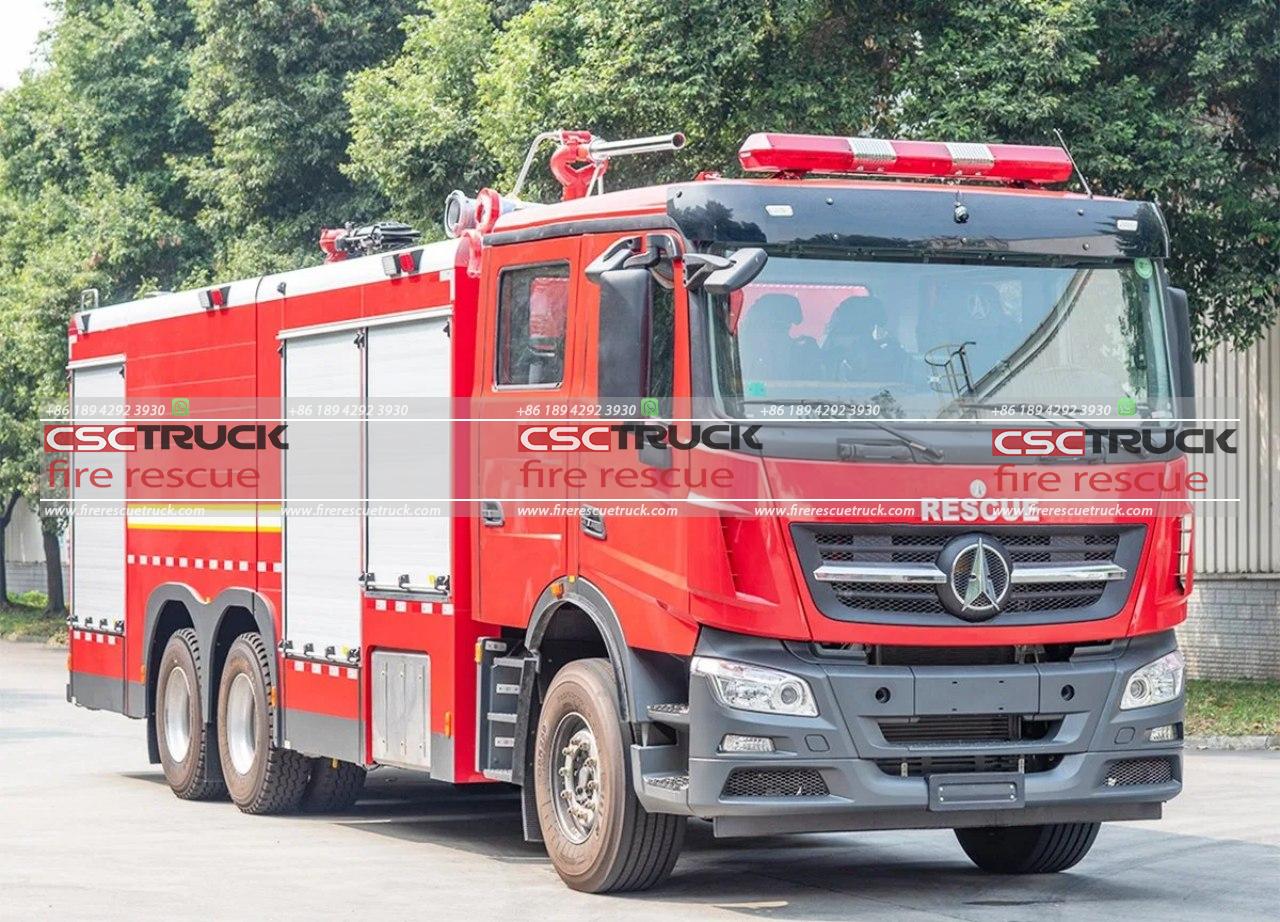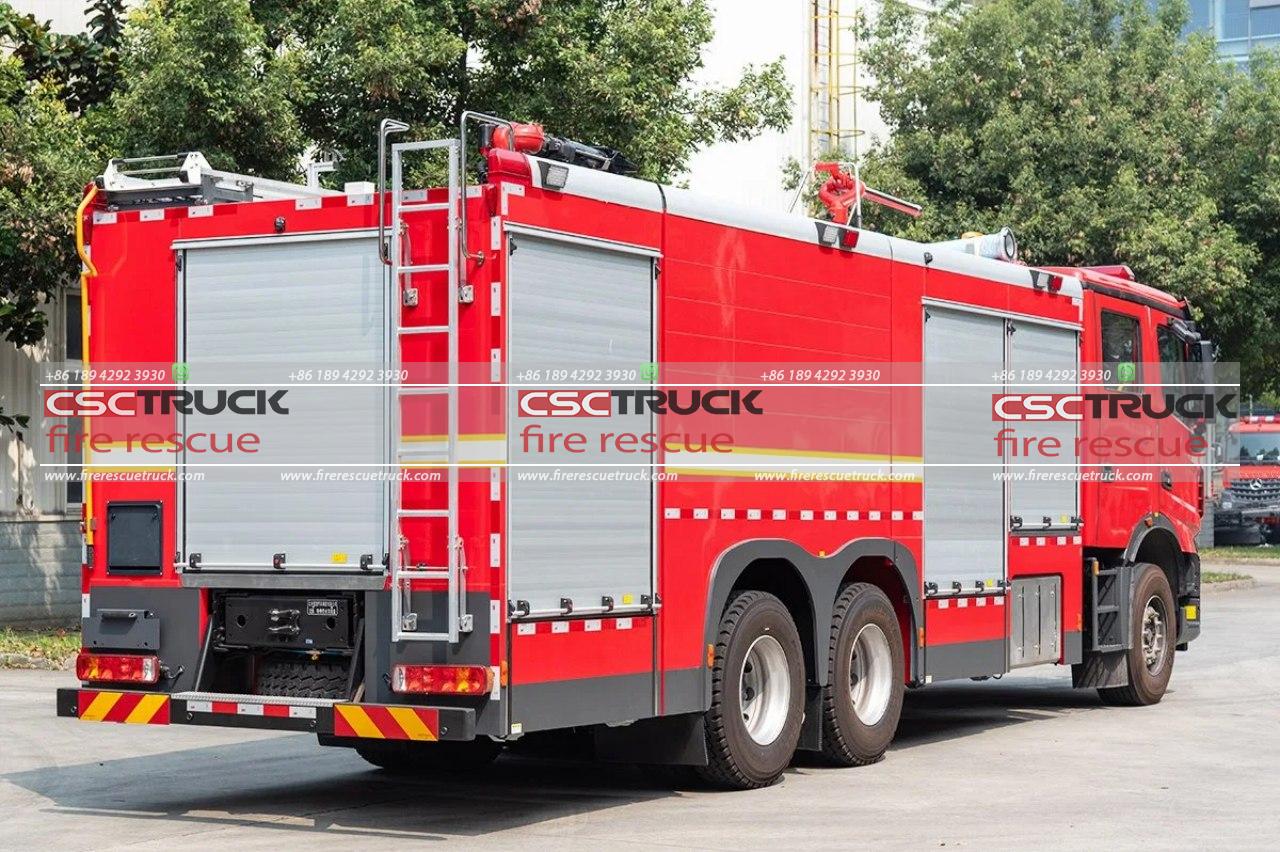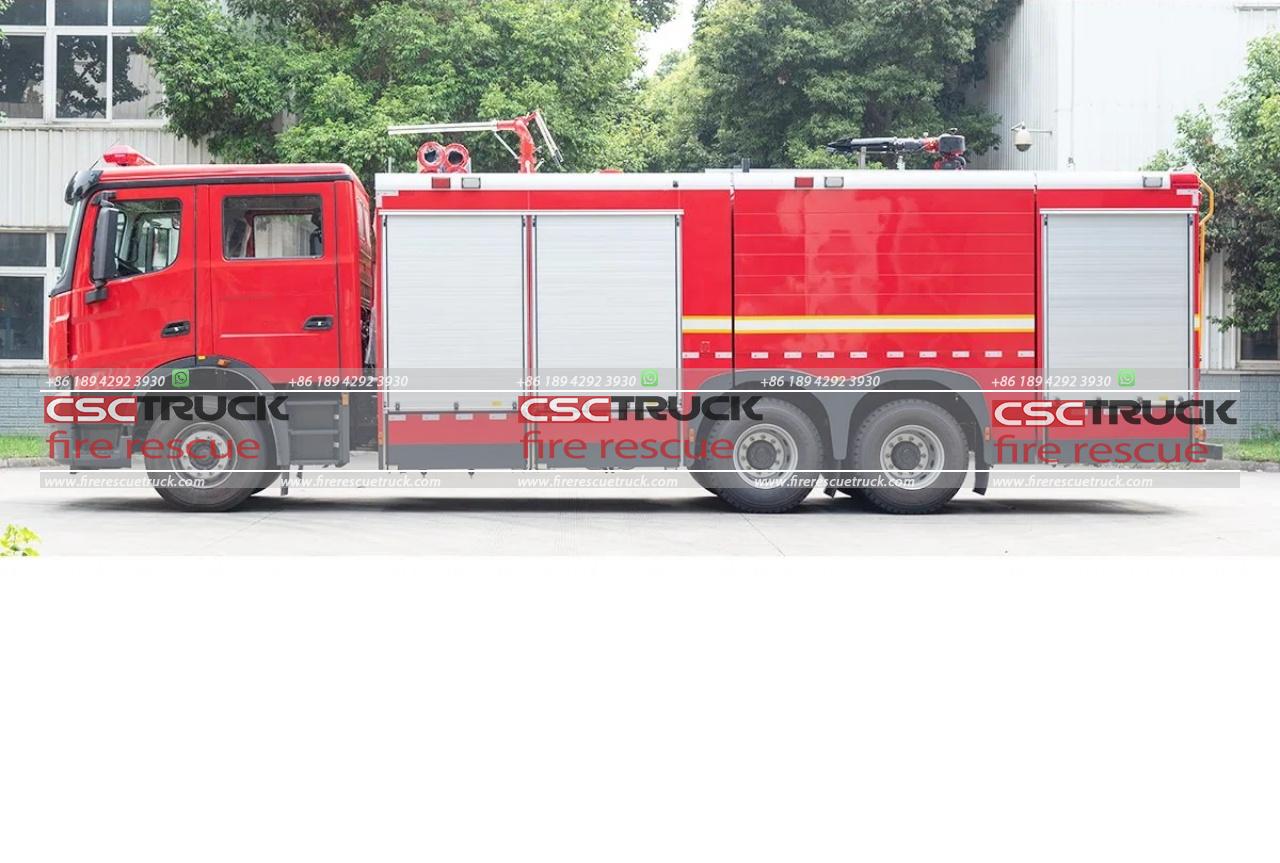What is a Fire Truck Boom?
Firefighting is an inherently dangerous profession, requiring specialized equipment to reach the flames quickly and efficiently while ensuring the safety of both firefighters and civilians. Among the vast array of firefighting equipment, one of the most essential yet often overlooked components is the fire truck boom. This vital apparatus plays a crucial role in modern firefighting, particularly when dealing with fires in high-rise buildings, confined spaces, or hard-to-reach areas. But what exactly is a fire truck boom, and how does it contribute to firefighting efforts? In this article, we’ll explore the concept of a fire truck boom, its design, function, types, and its impact on firefighting operations.
Understanding the Fire Truck Boom
A fire truck boom, also commonly referred to as an aerial ladder or aerial platform, is an extendable arm mounted on a fire truck designed to provide firefighters with elevated access to fires. The boom is usually equipped with a water nozzle, which allows the firefighter to spray water or other fire-retardant materials from an elevated position, covering areas that would otherwise be difficult to reach.
The boom can be extended and positioned at various angles, depending on the needs of the emergency. Whether firefighters need to reach the upper floors of a burning building, navigate through difficult terrain, or direct water from above onto the fire, the fire truck boom is an indispensable tool.

Components of a Fire Truck Boom
A fire truck boom is composed of several key components, each contributing to its functionality:
1. Boom Sections: The boom itself is made up of multiple sections, often telescoping, that extend outwards to allow for increased reach. These sections are typically made of high-strength steel or aluminum to provide a balance of strength and maneuverability.
2. Hydraulic System: The boom is powered by a hydraulic system, which provides the necessary force to raise, extend, and retract the boom. The hydraulic system also allows the boom to rotate, providing 360-degree coverage around the fire truck.
3. Turntable: The turntable is the rotating platform that allows the boom to pivot horizontally. This is a crucial feature for directing the boom toward the fire without needing to reposition the entire fire truck.
4. Nozzle or Monitor: At the end of the boom, there is typically a water nozzle, also known as a monitor. The nozzle can spray water or fire-suppressant foam at high pressure, giving firefighters the ability to tackle fires from above or at a distance.
5. Control Console: Firefighters control the movement of the boom from a console located either on the truck or at the tip of the boom. This console allows them to adjust the boom’s position, angle, and nozzle direction with precision.
6. Ladder or Platform: Many fire truck booms feature an integrated ladder, providing firefighters with a means to climb to elevated positions. Some models also include a basket or platform at the tip, allowing firefighters to carry additional equipment or rescue civilians trapped in high places.
Types of Fire Truck Booms
There are several types of fire truck booms, each designed for specific firefighting scenarios. The most common types include:
1. Aerial Ladders
Aerial ladders are the most recognizable type of fire truck boom. These booms are equipped with a long, extendable ladder that can reach heights of up to 100 feet or more. Aerial ladders are ideal for situations where firefighters need to gain access to high floors or rooftops, such as in urban environments with tall buildings. They provide a direct path for firefighters to enter burning structures and also allow for water to be directed onto the fire from an elevated position.
Aerial ladders are often used in tandem with other firefighting equipment, such as water hoses or portable ground ladders, to provide maximum coverage.
2. Articulating Booms
Articulating booms, also known as “knuckle booms,” consist of multiple hinged sections that can bend and fold, allowing the boom to reach around obstacles or into confined spaces. These booms are especially useful in scenarios where direct access to the fire is obstructed by buildings, walls, or other structures. The flexibility of articulating booms makes them well-suited for complex firefighting operations, such as industrial fires or fires in urban areas with narrow streets and alleyways.
Articulating booms often feature a platform or basket at the end, allowing firefighters to perform rescues or operate equipment from an elevated position.
3. Tiller Trucks
Tiller trucks, also known as tractor-drawn aerials (TDAs), feature a unique design in which the boom is mounted on a separate, steerable trailer. This design allows the truck to navigate tight corners and narrow streets more easily than conventional fire trucks. Tiller trucks are commonly used in densely populated urban areas where access to buildings can be challenging. The boom on a tiller truck can be either an aerial ladder or an articulating boom, depending on the model.
The steering capabilities of tiller trucks make them invaluable in cities with narrow or winding roads, such as older European cities or certain areas in the U.S.

Applications of Fire Truck Booms
Fire truck booms are used in a wide variety of firefighting scenarios, making them one of the most versatile tools in a fire department’s arsenal. Here are some of the key applications:
1. High-Rise Fires: One of the most critical uses of a fire truck boom is in combating fires in high-rise buildings. In many urban areas, tall buildings pose a significant challenge to firefighters, as traditional ground-based equipment may not be able to reach the upper floors. A fire truck boom allows firefighters to reach these elevated positions quickly, providing both a means of escape for trapped individuals and a way to direct water onto the fire from above.
2. Rescues: Fire truck booms are often used in rescue operations, particularly when civilians are trapped on upper floors or rooftops. The boom can be extended to provide a safe evacuation route for those in danger, and the platform or ladder allows firefighters to carry injured or incapacitated individuals to safety.
3. Wildland Fires: In wildland or forest fires, fire truck booms can be used to spray water over large areas from a safe distance. The ability to elevate the nozzle allows firefighters to cover more ground and prevent the fire from spreading to nearby structures or forests.
4. Industrial Fires: Fire truck booms are also invaluable in industrial settings, where fires can break out in large, sprawling facilities. The boom can navigate through complex structures and deliver water or foam to hard-to-reach areas, helping to control the fire before it spreads.
Conclusion
In the world of firefighting, every second counts, and the right equipment can mean the difference between life and death. The fire truck boom is one such piece of equipment that has revolutionized the way firefighters approach and manage fires. Its ability to provide elevated access, navigate around obstacles, and deliver high-pressure water or foam makes it an essential tool in both urban and rural firefighting scenarios.
Whether it’s an aerial ladder used to rescue civilians from a burning building or an articulating boom reaching into confined spaces, the fire truck boom has proven itself to be indispensable in modern firefighting efforts. As firefighting technology continues to advance, the fire truck boom will undoubtedly evolve as well, becoming even more efficient and versatile in the fight against fires.








